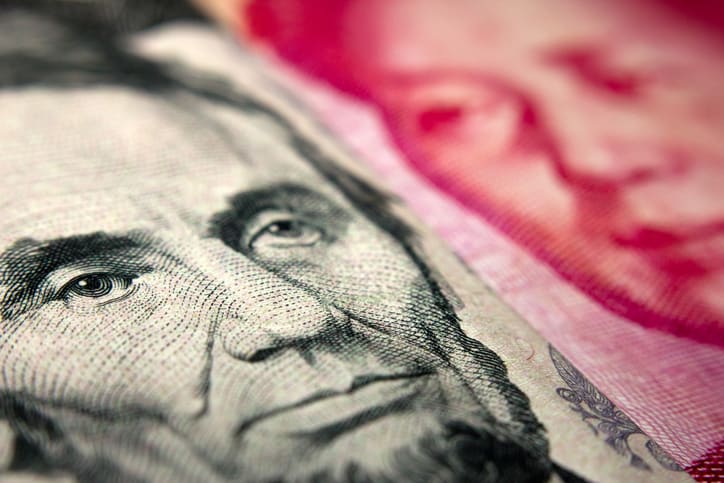While the US-China trade war continues to change, a bank said China would use tools other than tariffs for future retaliation.
According to ING’s economist for Greater China Iris Pang, more tariffs isn’t the most effective way to create hurdles for the Trump Administration that will soon begin to campaign in earnest for the 2020 presidential elections.
“Instead, China could probably cause more disruption if it keeps catching US stock markets—as well as potential Trump voters—off guard,” she said.
China has two possible ways to achieve that, she noted.
With an “unreliable entity list”, China can include US firms so that they can’t tap into the Chinese market, Pang said.
“This is a very powerful tool that has the potential to lead to increased volatility as well as periods of sudden yuan weakness,” she predicted.
Without much progress of the trade talks, the US will have a firmer stance which might lead to additional tariffs imposed on Chinese goods from the US, according to Pang.
“This would likely result in a significantly weaker yuan,” she said. “USD/CNY could cross 7.18 (the recent high) to near 7.20. This alone, without any retaliation from China, has the potential to create further market disruption.”
Revising yuan forecasts
As the two scenarios would result in a weaker yuan, ING revises its USD/CNY forecasts, she pointed out.
“We also think the central bank won't want the market to believe that the yuan can only depreciate against the dollar. So we expect that—in between these “unexpected” events—the yuan will strengthen against the dollar from time to time,” she predicted.
ING’s range forecast of USD/CNY for the rest of 2019 is 7.05 - 7.50, she said.
“Volatility should be high given that China's objective is to use the yuan as a surprise tool for the market,” Pang estimated. “The spikes in USD/CNY may not be reflected in the quarter-end point forecasts. Our previous forecasts were 7.10, 7.00 and 6.90 for the end of 2019, 2020 and 2021, respectively.”
The bank’s revised yuan forecast as of end-August:
3Q19: 7.18
4Q19: 7.20
4Q 20: 7.30
4Q 21: 7.20




